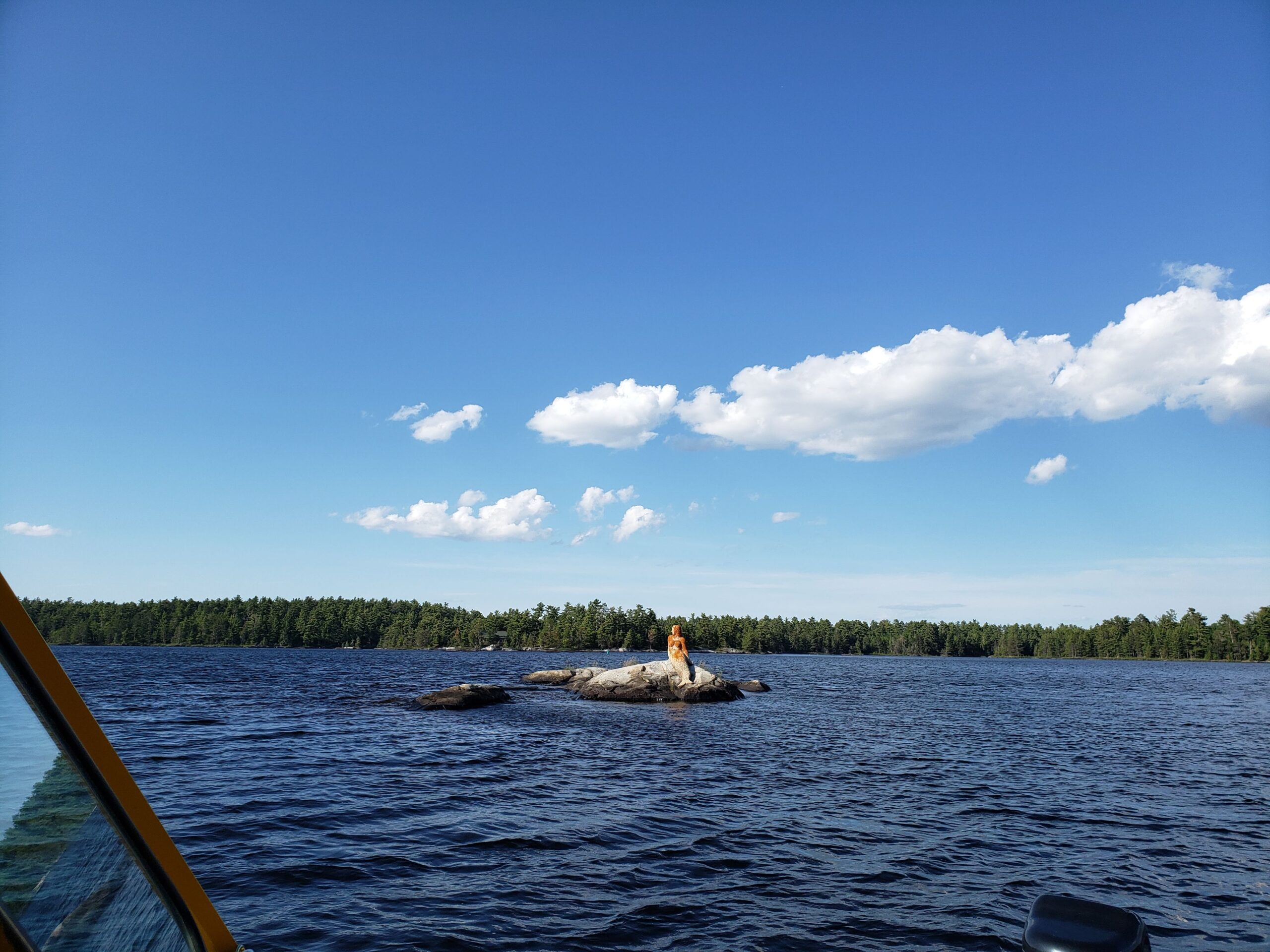Rainy Lake friends … there have been several briefings over the last two days from the Lake of Woods Control Board (Canada) and from NOAA National Weather Service (US). The current NOAA/NWS forecast (https://www.weather.gov/dlh/RainyRiverBasin) is for levels on Namakan and Rainy to rise 8 to 13 inches between May 10th and 20th.
Additional key points from NOAA/NWS are summarized below:
“NWS Duluth has issued a Flood Warning as flooding is occurring and expected to continue. Conditions will worsen on Namakan and Rainy Lake in the coming days – perhaps continuing to get worse on Rainy Lake into late May before reaching a peak. This Flood Warning will be updated periodically to incorporate the latest information.”
“Rainfall on the order of around 1-1.5″ (25-40mm) is expected within the Rainy River Basin between today and Friday due to showers and thunderstorms. Due to the nature of thunderstorms, precipitation will not be uniform across the basin – some spots could see less than a half-inch while others could see over two inches – but the broad average is expected to be around 1-1.5″ total. Temperatures will also be well above normal, helping to melt the remaining ice on the lakes and snow cover on land.”
“After this late-week precipitation, there are only a few low chances for light precipitation amounts Sat 5/14 through Wed 5/18. Beyond this point, the pattern looks to be active again with numerous chances for showers and storms in late May, which could cause additional rises on the impacted rivers and lakes.”
“Bottom Line: Areas that have been negatively affected by past high-water events on these lakes should make preparations for high water levels returning. On Namakan the worst (peak) of the lake level may be reached mid to late next week (May 17-20). On Rainy Lake, the worst (peak) lake levels may not occur until late May (May 20-25 or later). Please take these dates as a general estimate – this is an extremely complex forecast, and this is our best guess based on experts from both sides of the border. Additional rainfall could cause the worst/peak levels to happen earlier or later or could cause multiple peaks/crests as the rivers and lakes respond to any rainfall.”


No responses yet